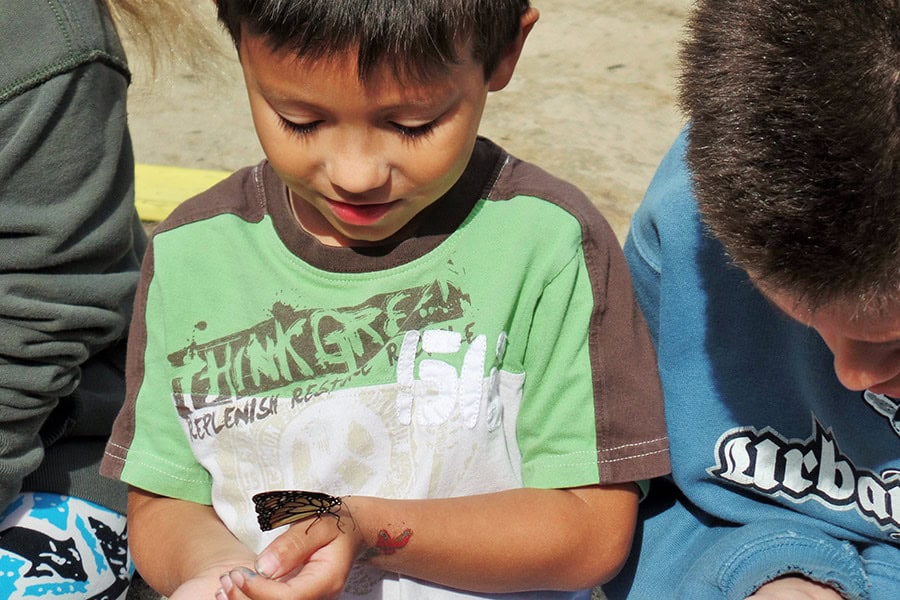Parent's Section
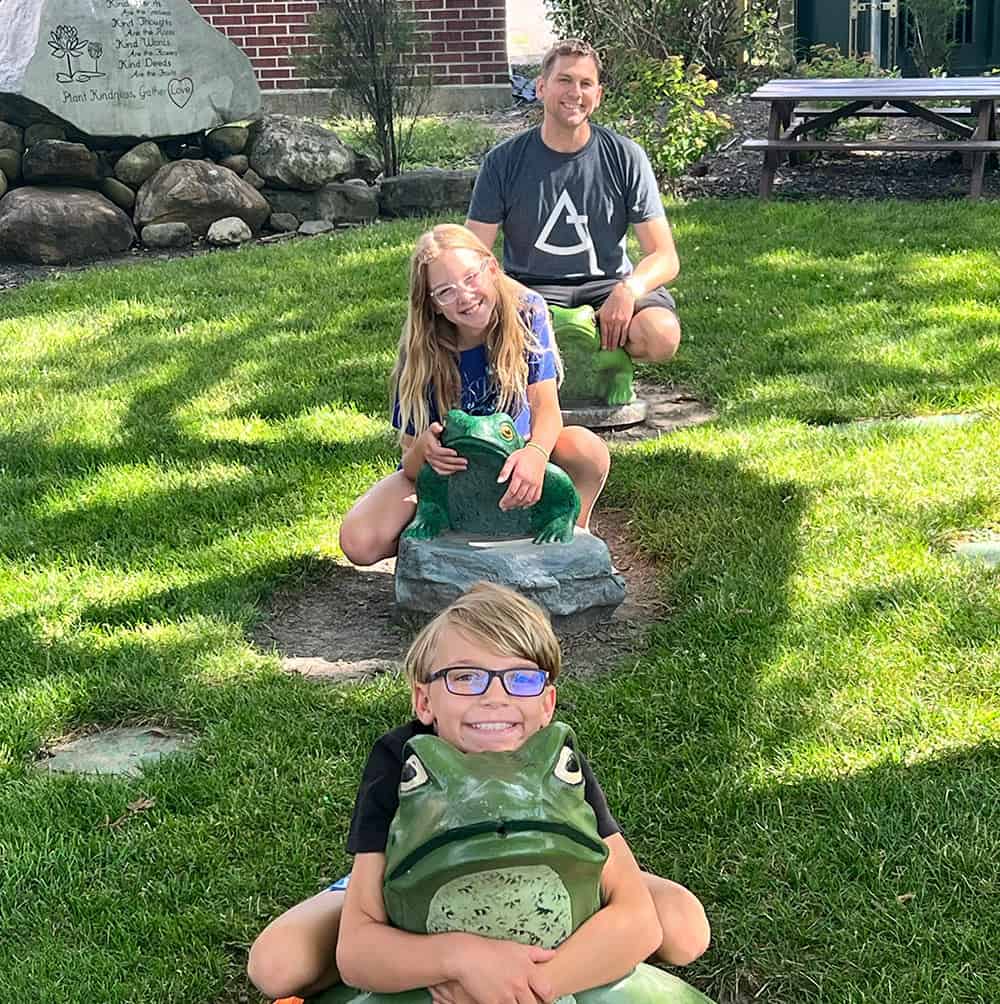
A trip to the Children’s Garden presents an opportunity for you to engage your child’s mind
The time you spend with your children is incredibly valuable. When you instill in them a love of learning it can follow them for years. When you are visiting The Children’s Garden, we hope you take the opportunity to help develop your child’s love of learning. Here are some topics you may want to talk to them about in relation to the garden and our environment.
Talk about bees
Some of our most important pollinators, bees are a critical part of our ecosystem. Of course, they’ve also become a popular topic within the media, as bees continue to lose their habitat and their numbers dwindle. When visiting the garden, make time to look for bees doing their job to pollinate the flowers and plants. Ask your children why they think bees are having a hard time, and have them come up with some way they can help. For more information and some ways you can help conserve the bees, visit The Xerces Society.
Talk about butterflies
Butterflies are good indication of if our local ecosystem is thriving or declining. Unfortunately, in the last hundred years, many species of moth and butterfly around the world have gone extinct. This is not a good sign, as areas rich in butterflies also are rich in other invertebrates. When an area is rich in bugs, there is a range of benefits, including pollination and natural pest control!
See how many kinds of butterflies you can spot at when visiting the garden. To learn more about monarch butterflies and their role, click the link below.
Talk about plants
To support our pollinators, we need to choose the plants that are best adapted to their needs. This means creating native gardens with the plants that are naturally suited to our local ecosystem. It doesn’t take a lot of space to create the perfect environment for pollinators. Even a few containers of flowers can attract hungry bees and butterflies. Find some plants you can plant with your child at home that encourage the growth of pollinator species. To learn more about how you can attract pollinators, check out this link by the U.S. Forest Service.
Looking for some bee and butterfly friendly plants?
Try to spot these in the garden:
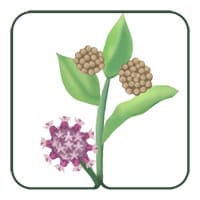
Common Milkweed

Swamp Milkweed
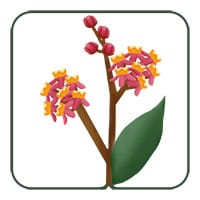
Tropical Milkweed

Butterfly Weed
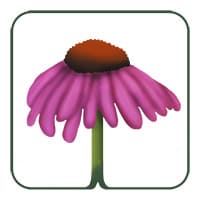
Purple Coneflower
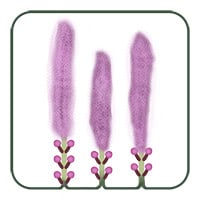
Blazing Star
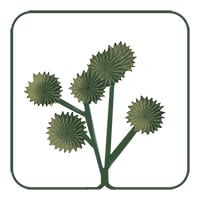
Rattlesnake Master
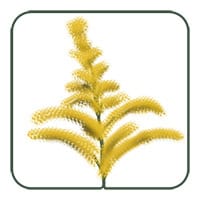
Goldenrod
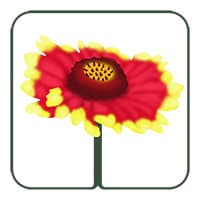
Blanket Flower
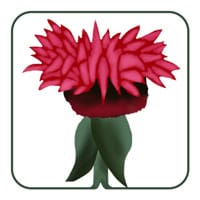
Bee Balm
Educational activities to do in the garden
You can also encourage your children to learn by incorporating some educational games during your visit.
- Have children draw their favorite plant(s) and look it up when you get home.
- Search for bugs (no squishing!) and talk about the kinds of bugs found and how they fit into the garden’s ecosystem.
- What kinds of animals can you find? Can you spot an animal’s home?
- Find the Johnny Appleseed tree and tell your child the story of Johnny Appleseed. If your child knows it, have them tell it to you!
- Plants are a rich resource for all of our senses. Can your child name the five senses and find things in the garden to correlate with them?
